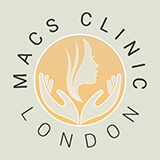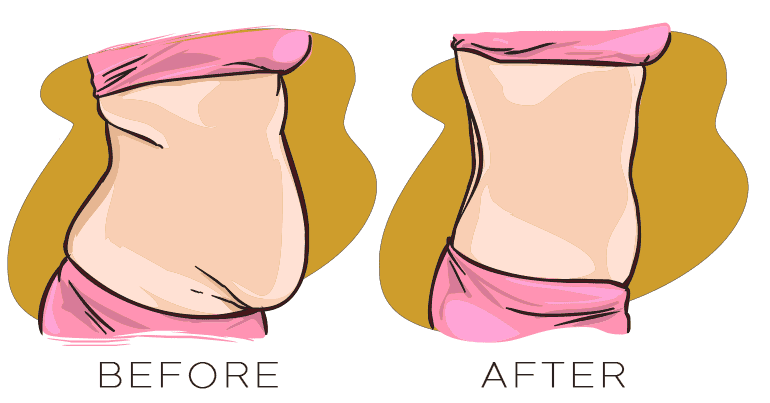
As we age, the skin loses its elasticity and muscles tend to slacken. The stresses of daily life, the effects of gravity and the ageing effects of the sun all take their toll on our face.
A facelift can make you look younger and fresher, and can be an enormous boost to your self-confidence. Facelifts work well for the lower half of the face, and particularly the jaw line and neck line.
The procedure is carried out in hospital under general anaesthetic or under local anaesthetic with sedation. Sometimes the procedure is combined with other procedures such as a brow lift or eyelid reduction, chin liposuction or augmentation, dermal filler, fat grafting or lip enhancement.
Stitches are dissolvable so will not need to be removed, as they will disappear on their own.
More questions about facelift surgery?
After surgery there may be some bruising of the cheeks, which may extend down to the neck. Pain is usually mild and can be controlled with paracetamol. There may be a minor degree of numbness which will disappear eventually.
Surgery takes between three and four hours.
The operation is carried out under anaesthetic so will be pain free. You will be provided with painkillers to take home, although generally patients do not require painkillers after 48 – 72 hours.
The risks and complications of facelift surgery can include the following, although any complications are usually mild and temporary.
- Bleeding, hematoma, bruising, numbness
- Infection
- Temporary loss of muscle sensation or function
- Widened or thickened scar
- Loss of hair at the site of scars
- Unevenness
Office work can be resumed after one to two weeks, or possibly sooner if you are feeling well.
Generally you will be advised to wait four to six weeks before resuming any exercise which increases blood pressure.
You will be prescribed/provided with antibiotics and painkillers to take home.





